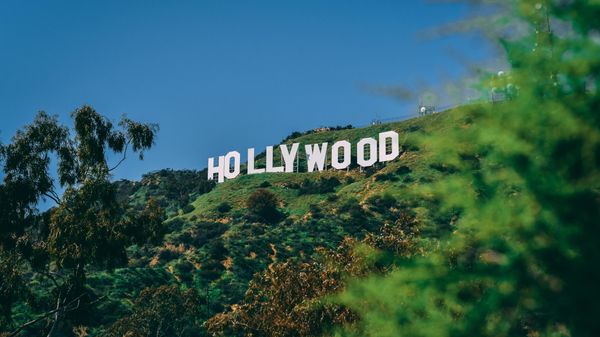Images of dolphin and seal carcasses caught in shark nets off Hunter and Central Coast beaches have led to new calls to replace the nets with modern alternatives.
The images, obtained by the Envoy Foundation under NSW Right to Information laws (GIPA), highlight the tragic plight of non-target marine species that become trapped in the nets.
NSW Shark Net Data for the 2022-23 season along Newcastle beaches shows 85 per cent (11 animals) of wildlife caught were non-target species. Twenty seven per cent (3 animals) of these non-target animals were killed
In Lake Macquarie, 88 per cent (35 animals) of wildlife caught were non-target species. Sixty six per cent (23) of these non-target animals were killed
















"Shark nets off Newcastle beaches caught an unacceptable amount of non-target species, and worse still, threatened or protected species," Marine Biologist and Humane Society International campaigner Lawrence Chlebeck said.
"Those numbers include 3 Critically Endangered grey nurse sharks, two marine turtles, rays, and a dolphin unfortunate enough to meet its end drowned in a net.
"The nets are incapable of reducing the risk of shark bite, making this wildlife cost unacceptable and undefendable. The nets must be ended immediately and entirely."
Environmental groups, coastal councils and cross-party politicians have called on the government to retire nets, saying they don't make the public any safer.
They argue that SMART drumlines and drones are more effective alternatives.
"NSW beachside communities have been loud and clear about their disapproval of the nets," Mr Chlebeck said.
"There has been $85.6 million committed to shark management, and NSW has the best-funded and most advanced shark risk strategy in the world. The nets are redundant technology from another era and should be retired."
"I've got to have confidence that the replacement, the new technologies, are as good as, or at least an appropriate substitution for, shark nets in Sydney," he said.
In its response to the 2021-22 annual report on the meshing program, the NSW threatened species scientific committee said the program was not meeting its two objectives.







